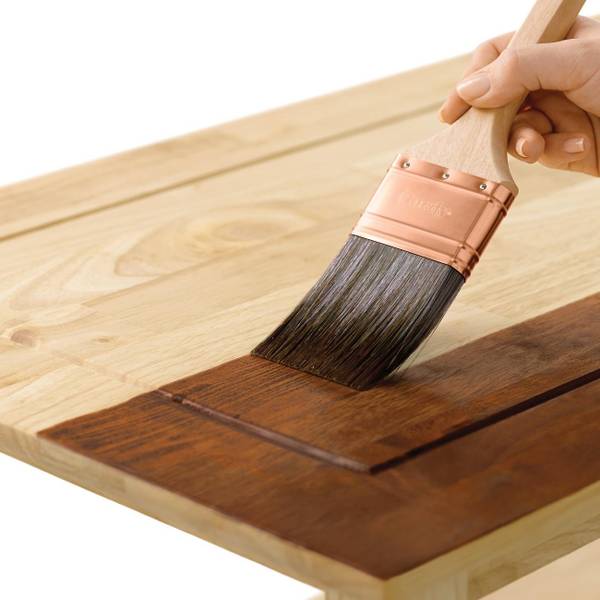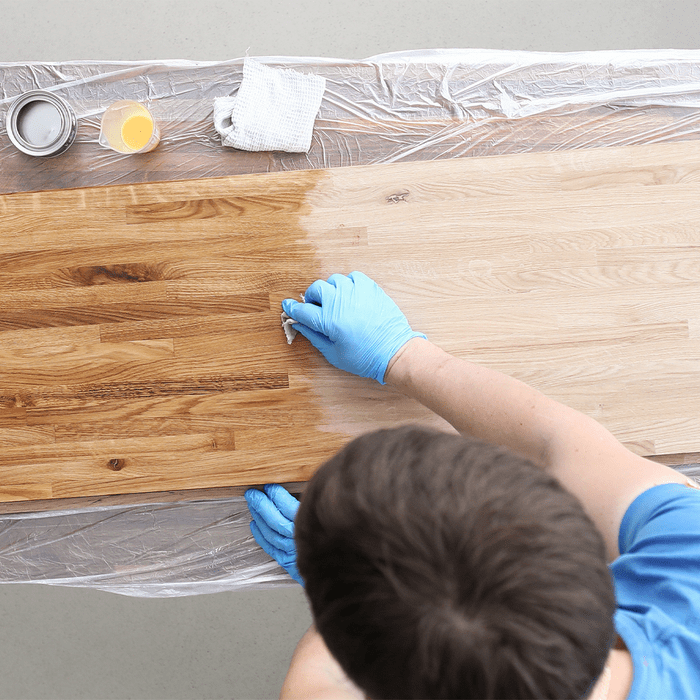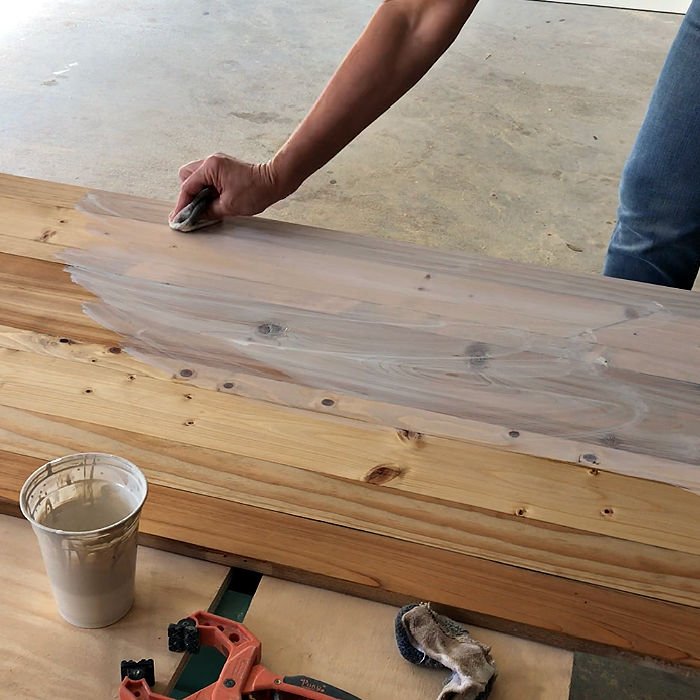Types of Wood Finishes - A Comparison of Benefits & Disadvantages

Navigating the realm of wood finishes can often be a perplexing journey for those seeking to safeguard and enhance the beauty of their wooden furniture and handicrafts. The market offers a plethora of options, each boasting unique qualities and purposes, leaving consumers in a state of bewilderment. To demystify this intricate world, let's delve into a comparative exploration of popular wood finishes, shedding light on their distinct benefits to empower you with the knowledge needed for your next home wood finishing project. Polyurethane stands out as a stalwart defender against wear and tear, providing a robust protective shield for your wooden articles. Its water-resistant properties make it an ideal choice for items exposed to moisture, such as kitchen tables or bathroom cabinets. On the other hand, lacquer, a fast-drying and durable finish, boasts exceptional clarity that highlights the natural grain of the wood. This makes it a preferred option for those seeking a glossy and vibrant finish, often seen on high-end furniture pieces. For a more traditional touch, consider shellac, a natural resin-based finish that exudes a warm amber glow. Shellac is revered for its compatibility with various wood types and its ability to bring out the rich, natural hues of the material. In contrast, varnish, a blend of resins and oils, offers a hard and durable finish suitable for outdoor furniture, providing protection against the elements. Penetrating oils, such as tung oil and linseed oil, work differently by seeping into the wood fibers, enhancing both the color and grain while maintaining a natural, matte finish. Tung oil, derived from the seeds of the tung tree, imparts a water-resistant coating, making it an excellent choice for wooden surfaces requiring water repellency.


